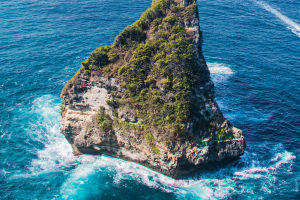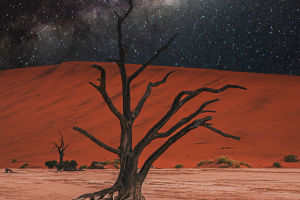The American West is often hailed as a paradise for photographers, a vast and diverse region filled with magnificent natural landscapes, awe-inspiring terrain, and stunning play of light and shadow. Among the many remarkable places in the West, one stands out: Antelope Canyon.
Antelope Canyon is not only a natural wonder but also a haven for photographers, drawing millions of visitors and photography enthusiasts each year who leave with unforgettable images.
Located in the northern part of Arizona, near the border with Utah, Antelope Canyon is part of the Navajo Indian Reservation. Composed of red sandstone, it features rugged terrain filled with spectacular canyons and cliffs.
However, what truly captivates visitors and photographers alike are the unique underground fissures and caves, known as "Navajo Antelope." These fissures, shaped by millions of years of erosion and weathering, offer photographers highly artistic subjects.
The underground fissures of Antelope Canyon are characterized by curves, angles, and refractions, creating breathtaking light and shadow effects as sunlight filters through them. These effects change with time and seasons, making each capture unique.
During the early morning and evening, sunlight filters through the crevices, casting mesmerizing orange and red beams, which are a favorite among photographers. Additionally, overcast or rainy days can create soft lighting, providing even more possibilities for photography.
To enter Antelope Canyon, visitors must join guided tours to ensure the protection of this fragile ecosystem. Guides not only provide information about the geology and history but also help visitors find the best shooting opportunities.
Within the canyon, strict regulations must be followed to protect the fissures and caves from damage. These measures ensure that the beauty and pristine state of Antelope Canyon can be enjoyed by future generations.
One of the challenges of photographing in Antelope Canyon is managing the lighting. Due to the depth and height variations of the crevices, lighting can be unpredictable, requiring photographers to adapt quickly. Using tripods and different exposure settings can help capture more details and colors while maintaining image clarity. Furthermore, using filters to control lighting and reduce contrast is a common practice.
Another challenge when photographing in Antelope Canyon is dealing with crowds. Due to its beauty and uniqueness, the canyon attracts a large number of tourists, especially during the peak travel season.
Therefore, photographers must patiently wait for the best shooting moments or seek less crowded times to visit. Sometimes, collaborating with fellow photographers in the crowd can lead to sharing the best shooting locations and opportunities.
Antelope Canyon is not only a visual feast but also a treasure trove of culture and history. The Navajo Indians consider it a sacred place, calling it "Tse bighanilini," which means "the place where water runs through rocks."
Antelope Canyon in the American West is a representative of photography paradises. Its unique geological wonders, spectacular play of light and shadow, and rich cultural history attract photographers and tourists alike.
However, visiting Antelope Canyon for photography requires planning and preparation, including choosing the right season and time, joining guided tours, handling lighting and crowds, and respecting regulations.
Nevertheless, once you stand in this awe-inspiring place, you cannot help but be amazed by the marvels of nature and captivated by the charm of photography. Antelope Canyon is a unique and unmissable photography destination that will leave a lasting impression in the hearts of photographers.


